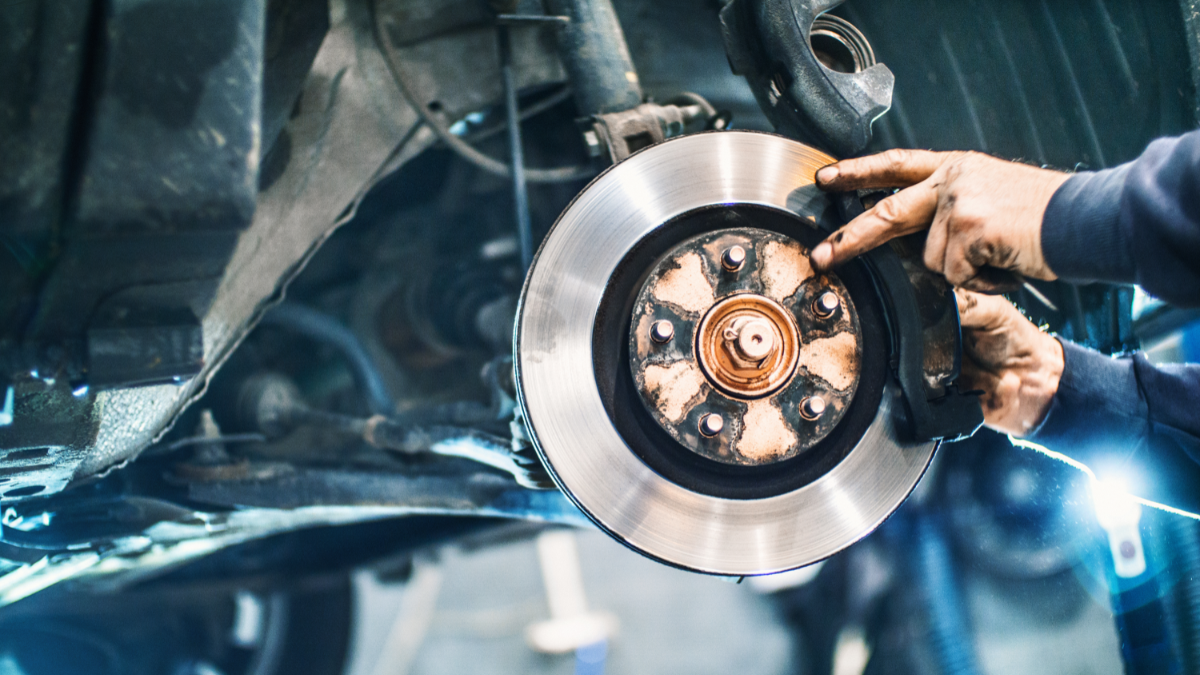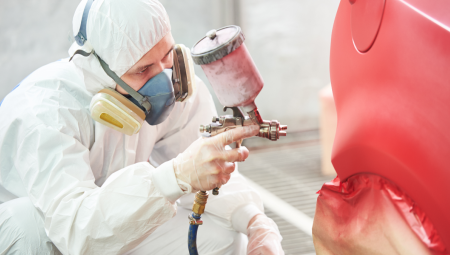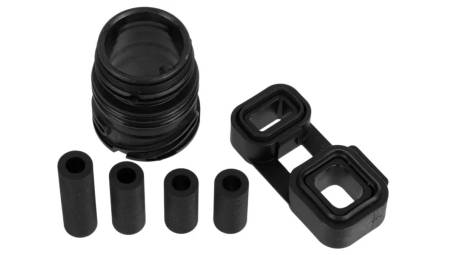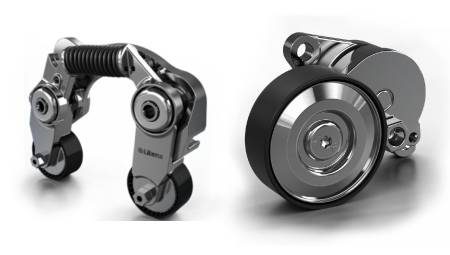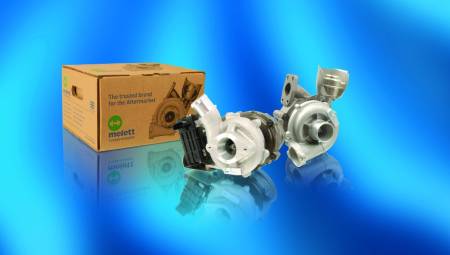International. According to Transparency Market Research, the market size of air brake systems will reach $5.9 billion by 2034.
This advance will be at a compound annual growth rate (CAGR) of 3.2% due to demand in heavy-duty vehicles.
Instead of using hydraulic fluid, air brake systems use compressed air. They can be a combination of disc and drum brakes. Both the parking brake release and the service brake activation require air pressure.
By releasing the pressure in the chamber thanks to the force of the spring, this brake connects with the parking brake section of the spring brake chamber. This function also allows the parking brake to act as an emergency brake mechanism.
Most heavy and commercial vehicles use air brake systems due to their precision, which decreases the number of traffic accidents. The installation of a pneumatic braking system for high-speed trains is also recommended, in order to effectively control air pressure and offer passengers a smooth and safe journey.
Over the past five years, high-speed rail production has doubled, and this trend is projected to continue over the projected period. This is because high-speed trains provide a faster, safer, and more comfortable travel experience. However, the energy required to power these trains is considerable, and if the braking system fails, the consequences can be severe.
Many high-speed train manufacturers opt for the pneumatic brake system, also known as the air pressure brake system, to ensure the comfort and safety of their passengers during the journey.
Increasing urbanization and transportation demands are driving the need for off-highway trucks and commercial vehicles. As a result, manufacturers around the world have developed air brakes, ensuring both safety and increased durability. The European Automobile Manufacturers' Association estimates that 16.7 million vans, trucks and buses are produced annually globally.
Commercial vehicle manufacturers prefer air-assisted brakes because of the reliability they offer. Other benefits of pneumatic brake mechanisms for different types of multi-trailer trucks include a continuous supply of air, which facilitates the smooth operation of the brake system (since the depletion of operating fluid is not a drawback).


